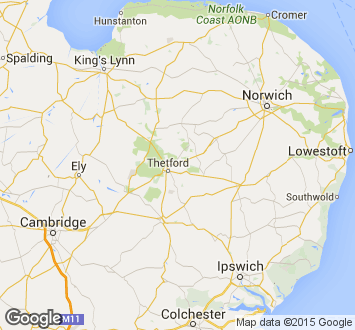Apart from sharing similar countrysides and forests, Norfolk, Suffolk, Cambridgeshire and Essex also share the communal history of East Anglia. The name East Anglia came from one of the ancient Anglo-Saxon kingdoms, the kingdom of the East Angles. This kingdom consisted of Norfolk (the North People) and Suffolk (the South People). The region’s boundaries were fairly vague, Thetford Forest being on the border between the two. The area is noted for fens, reclaimed marshlands, and particularly throughout Suffolk.
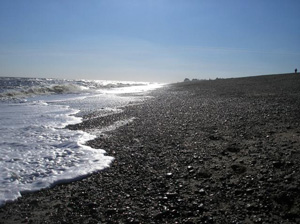
History of East Anglia
The Kingdom of the East Angles was formed in 520 with the merging of the North and South folk, who were Angles settled in the lands previously settled by the tribes of the Iceni. From there, the power of the Kingdom of Angles rose and fell due to ongoing wars with neighbouring kingdoms. In 870, the Danes took the kingdom, which they renamed East Anglia. The Saxons then retook East Anglia briefly in 920; however, they were unable to hold onto it and lost it to Canute the Great in 1015.
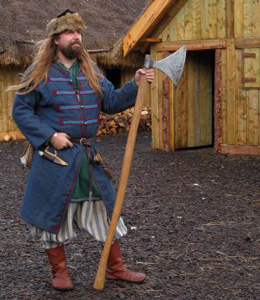
After the Norman Conquest, the Duchies of Norfolk and Suffolk were formed, and more formal borders were drawn up. The agricultural nature of the lands made them important throughout the Middle Ages. However, much of the power and importance of East Anglia declined after the Industrial Revolution as manufacturing moved to the Midlands and the North.
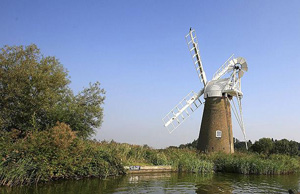
East Anglia in the Air
During WW II, East Anglia became of vital importance to the war effort, as the United States Air Force built many bomber bases in the region. Due to its proximity to the European coast, many fighter bases were built in Suffolk; Norfolk was primarily home to bomber bases, which could hold more fuel and therefore cover more distance. East Anglia was also chosen as it had considerable open space and fairly level terrain, making it easier to build and scramble air force fleets. Remnants of many of these bases can still be seen today, and some of these bases are still in operation, either as military bases or for commercial purposes. (eg see Bawdsey Radar Station)
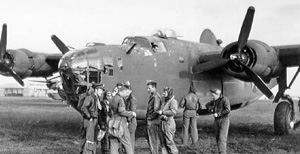
East Anglia Today
Though a friendly rivalry exists between Norfolk and Suffolk, the area as a whole remains a welcoming and friendly place. Norfolk’s largest city, Norwich, is home to the University of East Anglia, and smaller-scale historic towns like Bury St. Edmunds, Sudbury, and Newmarket are great places to see history in action. For those who are looking for more ancient history, areas like Sutton Hoo and its ancient burial mounds are a must-see. The Broads offer boating holidays and a chance to see the quieter side of the region, and for a coastal holiday, Lowestoft and Southwold are a must. With its rich history and natural scenic beauty, East Anglia is a great place for your holiday.
For more information on all of the above villages and towns and more, please see Suffolk Villages and Towns.
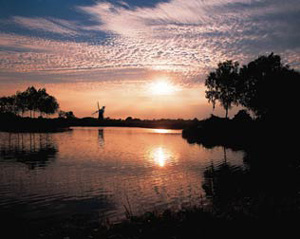
Suffolk Tourist Guide offers you everything you need to know about all the great things to do and places to see in the wonderful county of Suffolk.
There are plenty of Things to do in Suffolk.
For events and Festivals or to find out What’s Going On in Suffolk, please see What’s On Suffolk
